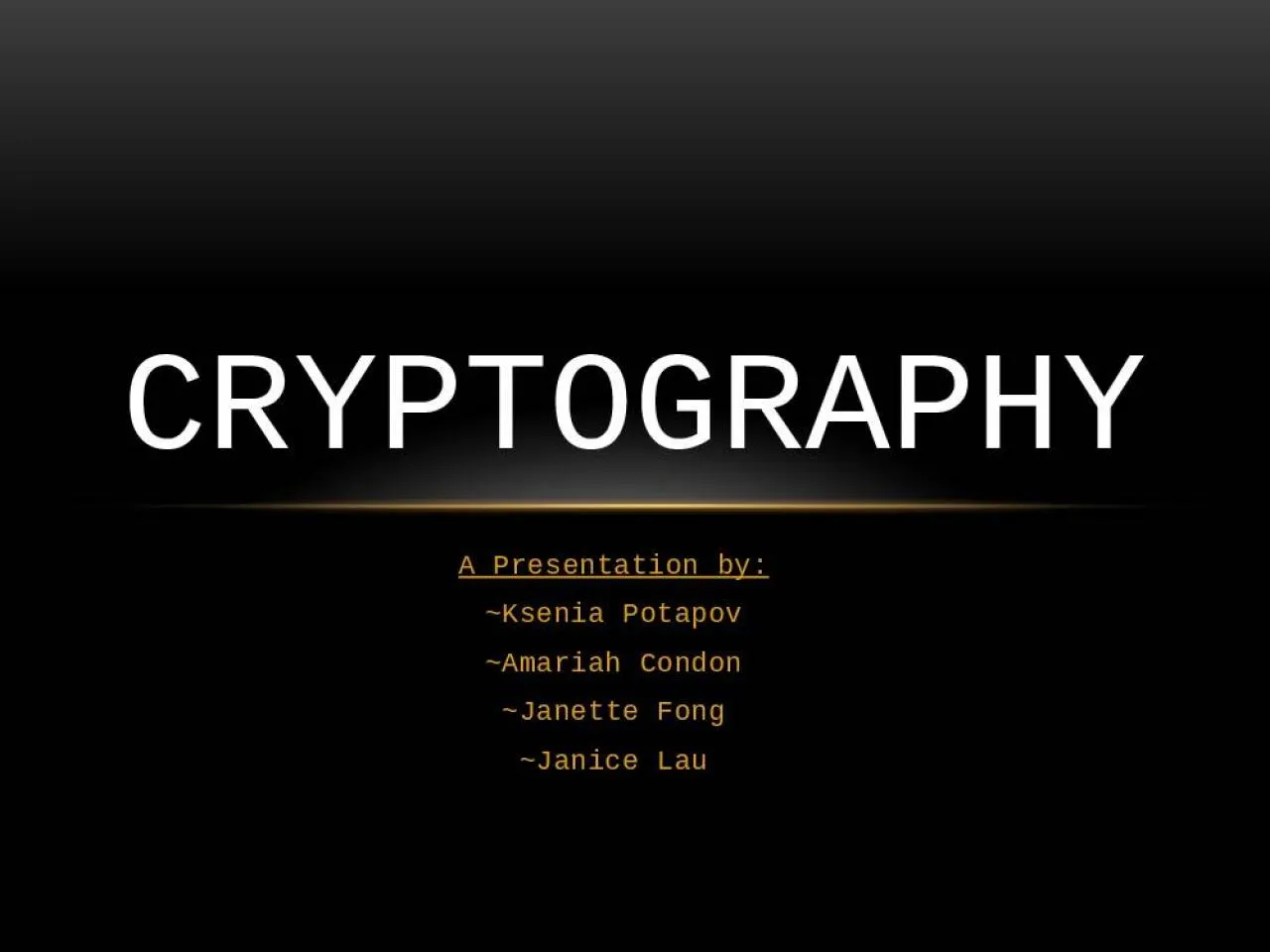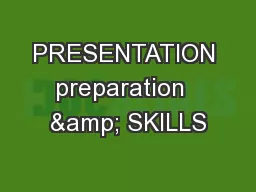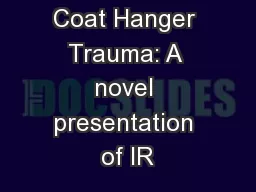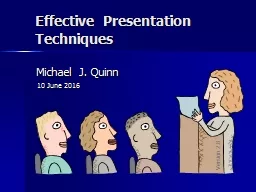PPT-A Presentation by: ~Ksenia Potapov
Author : dandy | Published Date : 2022-05-18
Amariah Condon Janette Fong Janice Lau Cryptography Definition JANETTe Cryptography is the study of techniques for secure communication in the presence of third
Presentation Embed Code
Download Presentation
Download Presentation The PPT/PDF document "A Presentation by: ~Ksenia Potapov" is the property of its rightful owner. Permission is granted to download and print the materials on this website for personal, non-commercial use only, and to display it on your personal computer provided you do not modify the materials and that you retain all copyright notices contained in the materials. By downloading content from our website, you accept the terms of this agreement.
A Presentation by: ~Ksenia Potapov: Transcript
Download Rules Of Document
"A Presentation by: ~Ksenia Potapov"The content belongs to its owner. You may download and print it for personal use, without modification, and keep all copyright notices. By downloading, you agree to these terms.
Related Documents














